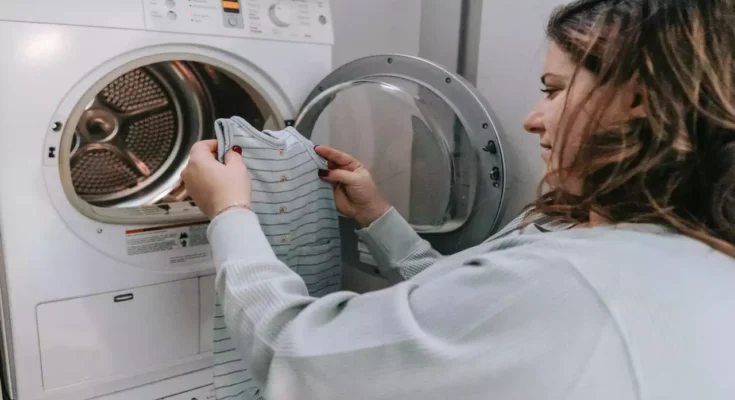Introduction:
Washing machines have become indispensable appliances in modern households, revolutionizing the way we clean our clothes. However, while we often focus on the efficiency and features of the washing machine itself, we may overlook an essential aspect: drainage. Proper drainage is crucial for the smooth functioning of your washing machine and to prevent potential water damage to your home. In this guide, we’ll delve into the top three washing machine drainage options, highlighting their pros and cons to help you make an informed decision.
Traditional Standpipe Drainage:
Overview: The traditional standpipe drainage system is perhaps the most common method used in households worldwide. It involves connecting the washing machine’s drain hose to a vertical pipe, typically located behind the machine or built into the wall.
Pros:
Simplicity: Standpipe drainage is straightforward to install and requires minimal modifications to your plumbing system.
Cost-Effective: Since it utilizes existing plumbing infrastructure, the cost of implementation is relatively low.
Accessibility: With the standpipe positioned above ground level, accessing and maintaining the drainage system is convenient.
Cons:
Risk of Overflow: Standpipes can sometimes overflow if the drain becomes clogged or if the water flow from the washing machine is too rapid.
Space Constraints: In smaller laundry areas, finding adequate space for a standpipe might be challenging.
Limited Aesthetics: Standpipes may not blend seamlessly with modern interior designs, detracting from the overall aesthetics of the space.
Utility Sink Drainage:
Overview: Another popular option for washing machine drainage is to connect the appliance to a utility sink. This involves running the washing machine’s drain hose directly into the sink’s drain.
Pros:
Added Functionality: Utilizing a utility sink for drainage provides additional functionality, allowing you to pre-soak or hand wash clothes conveniently.
Reduced Risk of Overflow: Since utility sinks typically have larger drains, the risk of overflow is minimized compared to standpipes.
Space Optimization: For homes with limited space, combining the washing machine and utility sink in a dedicated laundry area can maximize efficiency.
Cons:
Installation Complexity: Installing a utility sink drainage system may require more extensive plumbing work, especially if a sink is not already present.
Cost Consideration: While the benefits are numerous, the upfront cost of installing a utility sink can be higher compared to other drainage options.
Maintenance Requirements: Utility sinks may require regular cleaning to prevent clogs and maintain proper drainage, adding to ongoing maintenance efforts.
Floor Drainage System:
Overview: Floor drainage systems offer a unique solution for washing machine drainage by allowing the appliance to discharge water directly into a floor drain.
Pros:
Efficient Water Removal: Floor drains are designed to handle large volumes of water quickly, minimizing the risk of overflow.
Space-Saving: Floor drainage systems eliminate the need for bulky standpipes or utility sinks, making them ideal for compact laundry areas.
Versatility: Floor drains can serve multiple purposes beyond washing machine drainage, such as managing spills or excess water from other appliances.
Cons:
Installation Complexity: Retrofitting a floor drain system may require significant construction work, particularly in homes without existing drainage infrastructure.
Flooring Considerations: Installing a floor drain necessitates careful consideration of flooring materials and slope to ensure proper water flow and prevent pooling.
Maintenance Challenges: Floor drains can accumulate debris over time, leading to clogs that may impede drainage and require regular maintenance.
Conclusion:
Choosing the right washing machine drainage option is essential for ensuring the efficient operation of your appliance and safeguarding your home against water damage. Each of the three options discussed – traditional standpipe drainage, utility sink drainage, and floor drainage systems – offers unique advantages and considerations. By evaluating your specific needs, space constraints, and budget, you can select the option that best suits your requirements. Whether you opt for the simplicity of a standpipe, the added functionality of a utility sink, or the space-saving design of a floor drain, proper installation and maintenance are key to maximizing the longevity and performance of your washing machine drainage system.




